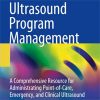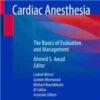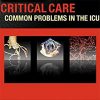Prevention and Treatment of ALI with Time-controlled Adaptive Ventilation
annalsofintensivecare.springeropen.comNeither the current lung protect and rest nor open lung approach (OLA) ventilation strategies have been effective at reducing VILI and ARDS-related mortality below that in the ARMA study. For a protective ventilation strategy to be effective, it must open and stabilize the lung.
Dynamic physiology of alveolar volume change suggests that the use of ventilation time can solve this heretofore intractable problem.
The novel use of inspiratory and expiratory times to open and stabilize the acutely injured lung may accomplish the OLA goals where traditional ventilation strategies have failed.
Specifically, the TCAV method, which uses an extended time at inspiration to open alveoli and brief expiratory time to prevent alveolar re-collapse has been shown to effectively open and stabilize the lung in animal ARDS models.
There is a sound physiological rationale for the efficacy of the TCAV method, and deviations from this method may result in a significant loss of lung protection.
The combination of basic science and clinical work has given this group a paradigm changing perspective.
Globally more than 3 million patients per year develop acute respiratory distress syndrome (ARDS), accounting for 10% of all ICU admissions. In the United States, up to 200,000 patients a year are diagnosed with ARDS and 75,000 of these patients die.

















